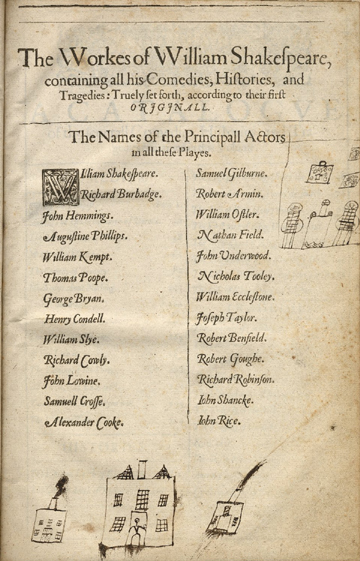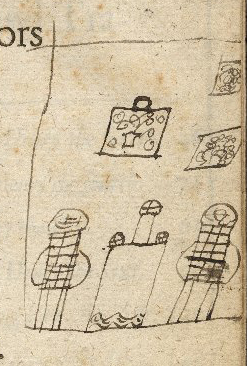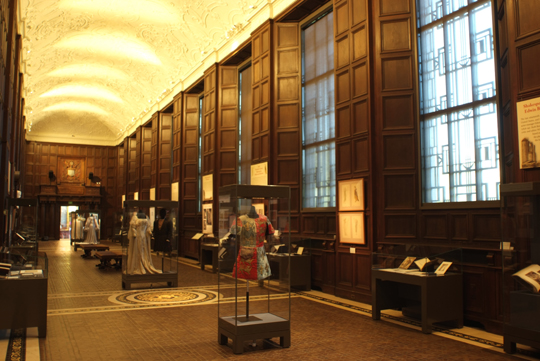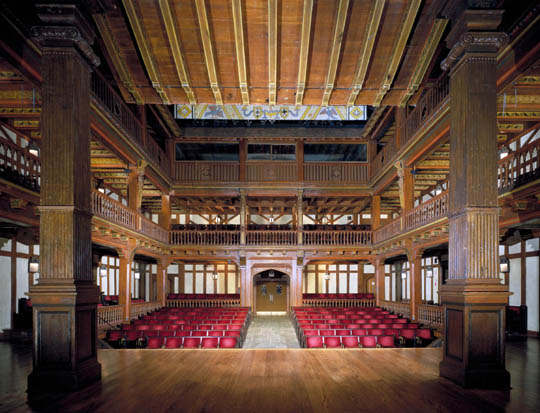
Calling all citizens of Oz and abroad! You are cordially invited to enroll in Shiz University’s elite sorcery class to learn the science behind the magic. That’s right…we’re off to see the science!
The Cotsen Children’s Library, Department of Chemistry, and Science Outreach at Princeton University were delighted to present a morning of hands-on activity tables, followed by a 45-minute auditorium show with plenty of glitter and gravitas!

As Ozian’s entered the event floor, they were greeted with tables staffed by graduate and undergraduate students from Science Outreach at Princeton University (who gamely showed up dressed in pink and green!).
 Kids wielded static electricity wands, learned about magnetic levitation, unveiled the Grimmerie’s invisible ink, tested Glinda’s bubble travel potion, and examined the pH levels of popular potions.
Kids wielded static electricity wands, learned about magnetic levitation, unveiled the Grimmerie’s invisible ink, tested Glinda’s bubble travel potion, and examined the pH levels of popular potions.
There was also a yellow brick road magnet game table, and, just in case you missed it in the slideshow above, a truly magnificent dry ice tabletop tornado, which Katie constructed with the help of this Steve Spangler video.

After the activity tables had been thoroughly perused, Angie Miller from the Department of Chemistry invited students to attend Shiz University’s very own “Potions 101” class, which was held in the Taylor Auditorium on Princeton University campus.


Angie the Amazing lead the class through the tenets of the scientific method with emerald flames, rainbow beakers, conservation of mass, water boiling at room temperature, and more! She also defied gravity with the Meissner Effect (i.e. cooling a superconductor with liquid nitrogen to levitate a magnet). My personal favorite? Candy combustion – a dramatic demonstration of what happens when potassium chlorate meets Skittles:

Of course, it wouldn’t be magic/science without things culminating in fire and explosions, so Angie ramped things up with metal salt flames and firework balloons. Katie and I both managed to get footage of the fun:
The event was absolutely wonderful, and we would like to thank Angie Miller in the Department of Chemistry, Paryn Wallace with the Science Outreach at Princeton University, and all the graduate and undergraduate students who volunteered their time to reach out to community families! We appreciate you so much!

Science Outreach at Princeton University. Back row (from left to right): John Woo, Rishika Porandla, Anushri Mahabir, Harper Vance, Nneka Onyea, Adriana Gaitan, Zaighum Nagra, Davis Hobley. Front row (from left to right): Maya Cabrera, Kelsey Campbell, Meghana Bhupat, Anna Buretta, Adrija Kundu, Tam Nguyen

 ARE YOU READY FOR IT? As you might recall from our recent
ARE YOU READY FOR IT? As you might recall from our recent 











